The power of the youthful gaze: A new generation tackles modern day design conundrums
How is a new generation of interior designers responding to changing lifestyles, proliferating choice, the challenges of sustainability and the tireless demands of social media?
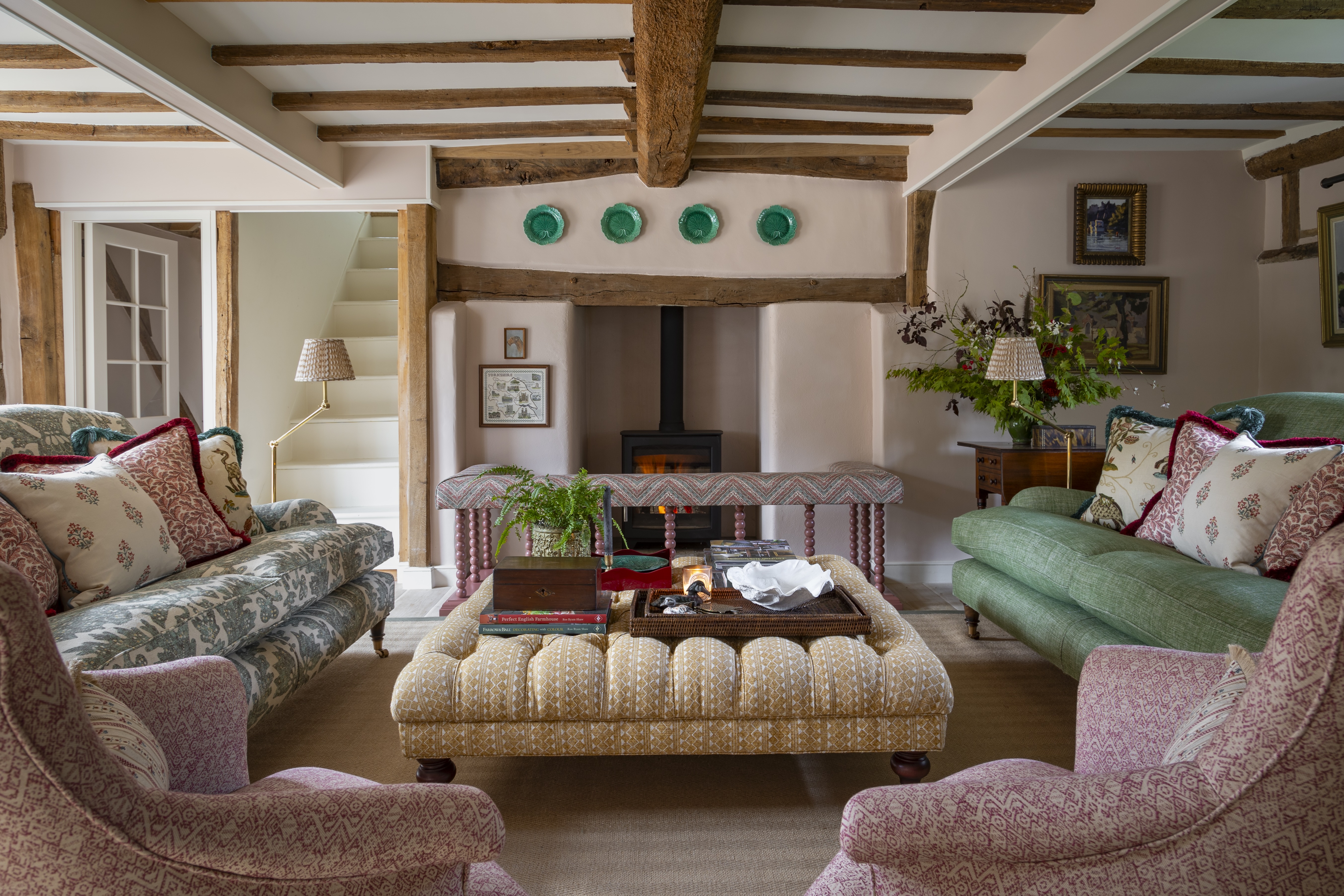

Over the past 50 years, the British interior-design industry has grown up; back then, the land where the three glass domes of Design Centre, Chelsea Harbour stands was an unloved waterfront and the profession was still in its infancy. Today, London is home to some of the world’s most prolific multidisciplinary practices that undertake work around the globe, led by founders who have become household names, garnered honours and written books.
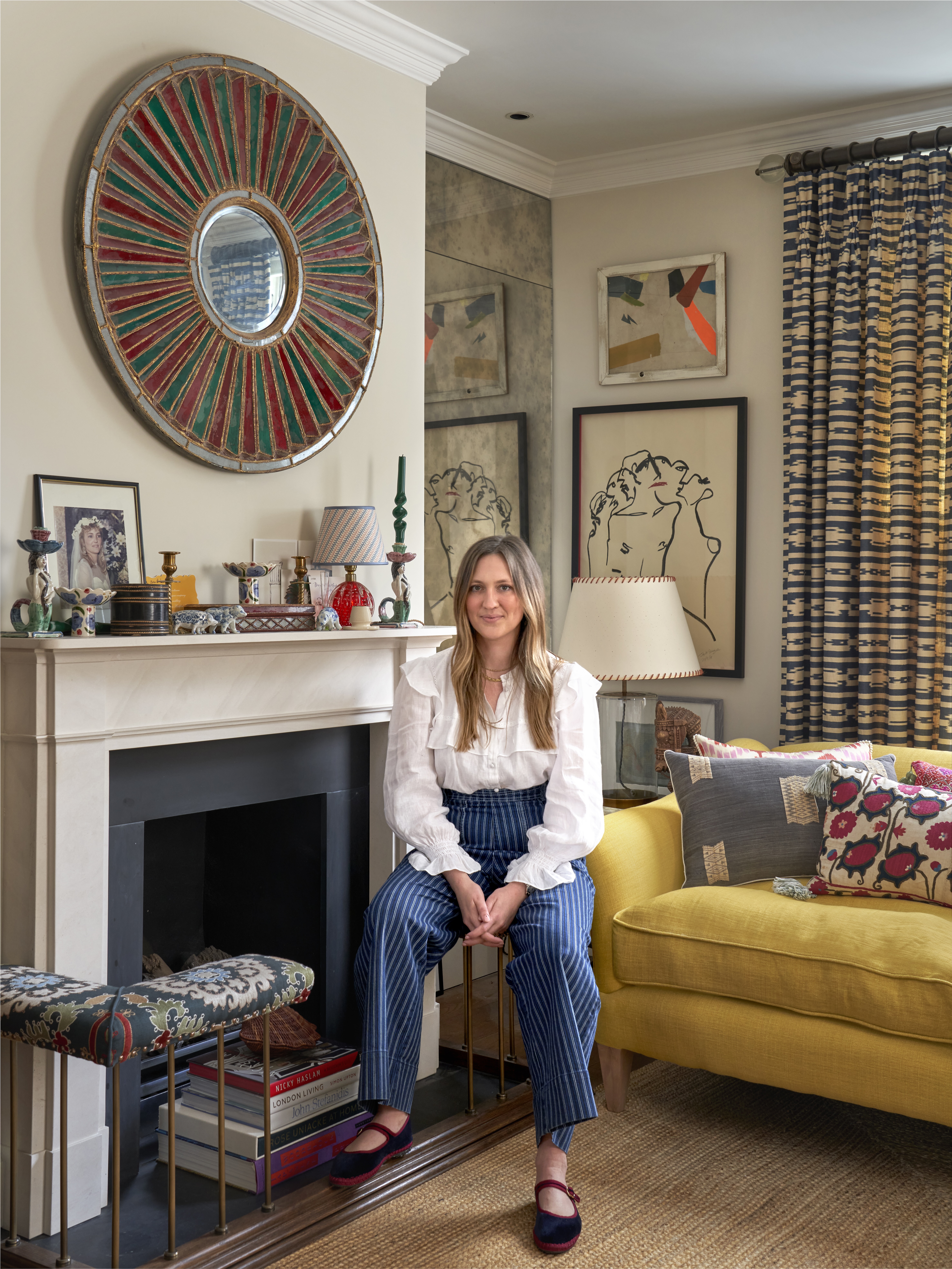
Interiors should evolve, according to Stella Weatherall, pictured at her Kensington home.
It is also a sphere that has become much more democratised; Instagram and Pinterest have fuelled a greater interest in the subject and, in many senses, it has lost its mystique. Previously, the only way to see inspiring interiors was in the pages of magazines and finding specialist painters, artisans and specialist upholsterers relied on those in the know. ‘Decorators held their cards and contacts close to their chest,’ says Stella Weatherall.
‘Now, several leading names, such as Rita Konig and Beata Heuman, are happy to share their knowledge and sources through online classes. Technology has meant that it’s a much more open field these days,’ adds the decorator, who studied at the Inchbald and worked with the Dorset-based interior designer Flora Soames and Kit Kemp before setting up on her own. ‘It’s not only what the client sees. We use software to manage projects and procurement that allows small businesses such as mine to operate in a way that would have previously been impossible.’
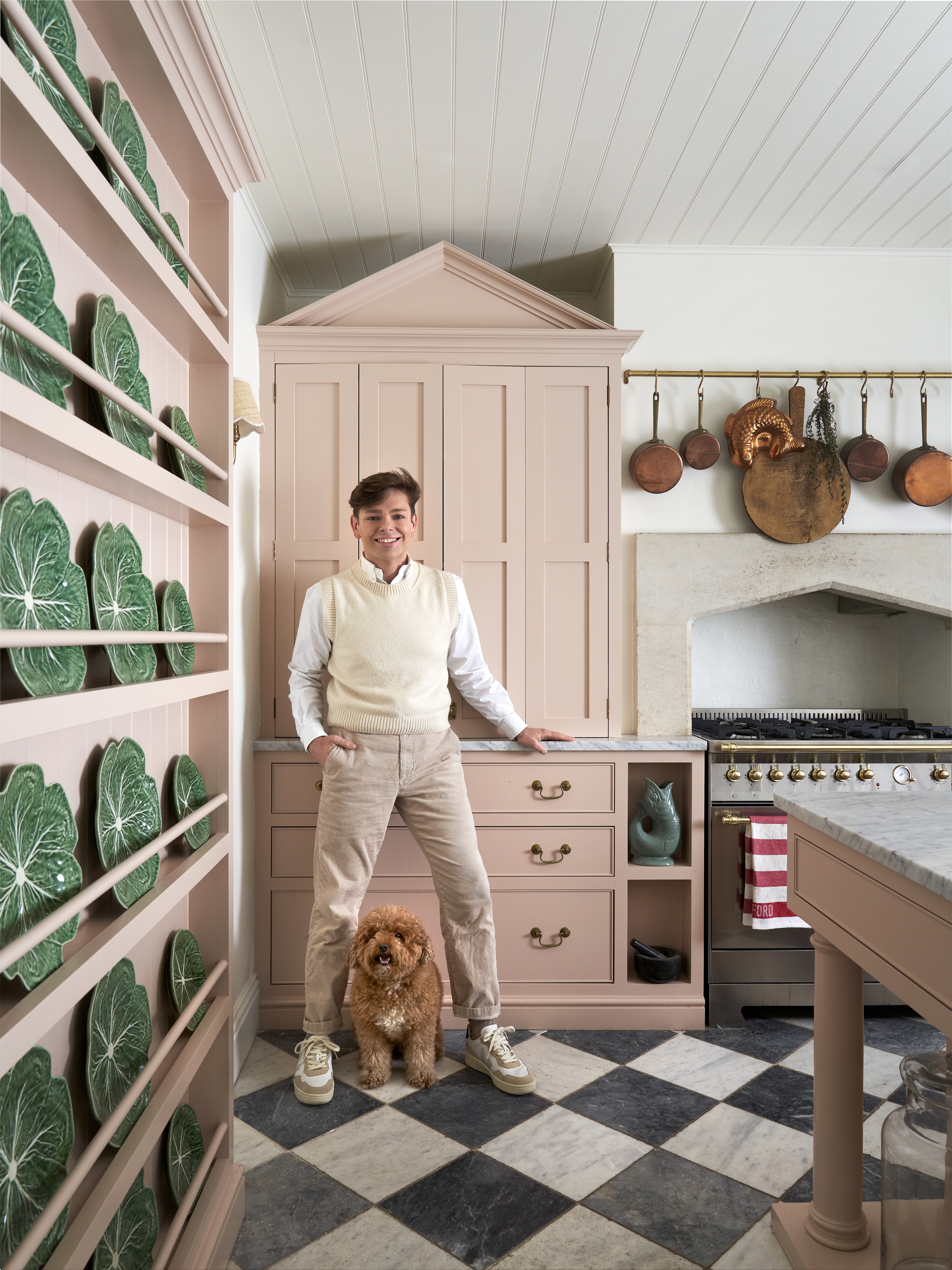
Sean Symington with his dog Penny at the designer’s Victorian home in Bath, Somerset.
Bath-based Canadian decorator Sean Symington admits that social media has been a big boon for his young business. His brightly coloured rooms feature clever and unexpected mixes of patterns that are hard to miss on Instagram. With a design degree from Ryerson University in Toronto under his belt, Symington took advantage of his mother’s dual Irish-Canadian nationality by moving to London in 2015 with nothing but a suitcase or two. He secured a position first with the designer Samantha Todhunter and later with Sims Hilditch, before setting up his studio in 2019. ‘I learnt that not everything had to match, to be brave with colour and was introduced to English country-house design.’ The combination has proved hugely successful and he works on projects in London, the Cotswolds and East Anglia. ‘I think people are a bit tired of seeing the same thing again and again. Being North American and one step removed, I can do traditional decorating or I can be more playful. My clients may have grown up with carpet in the bathroom, but they want a fresh take on their parents’ decorating style.’
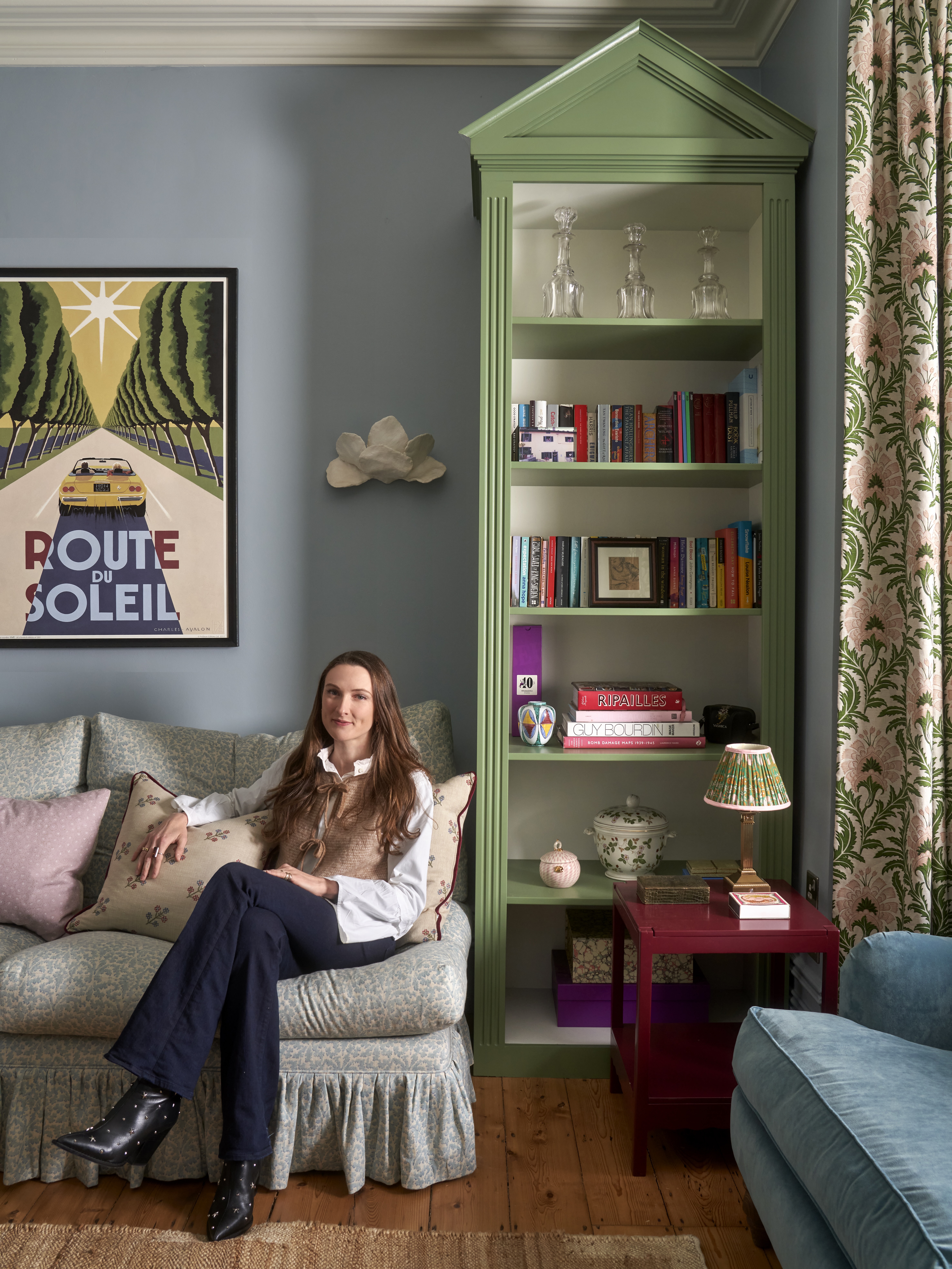
Listening is key: interior designer Pandora Taylor at a client’s south-east London home.
A key skill in decorating remains as true today as it was 40 years ago: listening to a client’s brief, understanding what they need and seeing the opportunities that might otherwise lie hidden. ‘It’s about giving them something they didn’t know they wanted that elevates how they live in their home,’ says London-based interior designer Pandora Taylor, who trained at the KLC and cut her teeth at the interior-design practice Kitesgrove. ‘Interior design is a bit like your clothes — you want to wear them, you don’t want them to wear you. An interior design should reflect you, not define you.’ However, all the content available on social media can detract slightly from these aims, she agrees. ‘I get design fatigue. There’s so much to see, much of which is the same and, as a designer, you ask yourself: what can I add? On the positive side, it forces you to push things because the clients are very often design-savvy.’
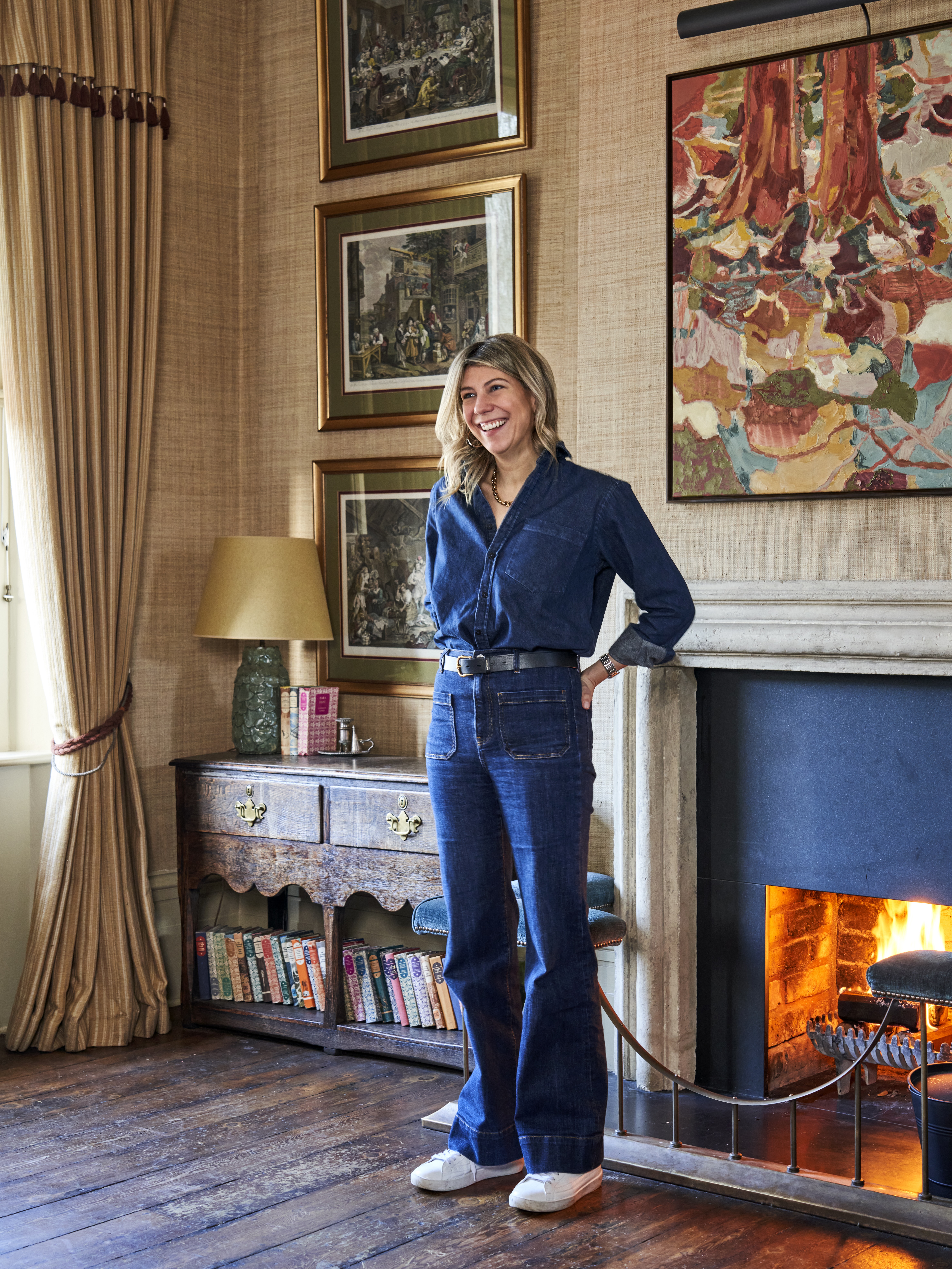
Designer Isabella Worsley at the Walmer Castle pub in Notting Hill, the complete transformation of which she oversaw.
What’s easy to miss in the image-dominated world of the internet is that the value of using a professional interior designer lies in what they do long before decisions are made about fabrics and upholstery. Space planning and layouts are key. ‘A big thing that has changed in the past few decades is the way people live in their homes,’ says Isabella Worsley, who also trained at KLC after studying Architectural History and History of Art at Edinburgh University. ‘Formality has fallen away in many ways. It affects how rooms are now used. For example, although dining rooms might still exist in their traditional form in larger country houses, elsewhere we’re swapping out polished mahogany tables for those made of limed oak so that they can double as a homeworking area.’
Although open-plan living spaces have dominated in recent decades, Taylor believes it is being reconsidered. ‘There’s definitely a move towards having more walls and doors to close,’ she says. Having more broken-up spaces allows for greater experimentation with design, creating different moods in different rooms. ‘As you’re not committing to a colour or a pattern on a big scale, you can be bolder with design choices,’ says Worsley. Another flash in the pan was a desire for two work-from-home spaces. Adding sofa beds to studies makes them more usable now many have gone back to work in the office. In other adjustments, Symington senses tastes are heading back to the 1980s with more schemes that match, lots of layering and a focus on cosiness. ‘It’s a nostalgia for simpler times. No one is squeezing bathrooms into bedrooms for the sake of it; others want carpets back in bathrooms. People want a sanctuary, not a show-room. I think decorating is coming full circle.’
Exquisite houses, the beauty of Nature, and how to get the most from your life, straight to your inbox.
'Timeless design is not about completing a house in one go'
In tandem with this is a growing focus on using natural materials and choosing timeless designs. ‘The mantra that you should do something once well is evident when I talk to clients,’ says Weatherall. She advocates slow decorating and taking time to put a scheme together. It’s a concept that might seem at odds with running a successful business that relies on a high turnover of projects. ‘Timeless design is not about completing a house in one go. Interiors should evolve, that’s fundamental to achieving rooms that feel settled.’
Timeless decorating starts with using antique furniture, adds Taylor. ‘I can’t create a room that is full of new pieces. The vast majority of my projects use almost all antiques — some are reupholstered to give them a fresh start.’ This approach addresses a central truth about interior design: the waste it generates. ‘We work in an industry that relies on getting rid of the old,’ she says, before adding that she is ‘semi-strict’ with clients, underlining that it’s not necessary to strip out everything. ‘These pieces have an important role to play in preventing a house from looking identical to another, which can be a problem these days with the deep penetration of social media.’
-
 'Fences have blocked wildlife corridors, causing the wildebeest migration to collapse from 140,000 individuals to fewer than 15,000': Is the opening of the Ritz-Carlton in Kenya’s Masai Mara National Reserve a cause for celebration or concern?
'Fences have blocked wildlife corridors, causing the wildebeest migration to collapse from 140,000 individuals to fewer than 15,000': Is the opening of the Ritz-Carlton in Kenya’s Masai Mara National Reserve a cause for celebration or concern?In Kenya's iconic Masai Mara region tourism is an important and necessary part of the economy, but the arrival os several large hotel groups — including Ritz-Carlton — have some on edge.
-
 ‘I get all twitchy when I see people wearing something that really doesn’t belong’: A watch for every summer occasion
‘I get all twitchy when I see people wearing something that really doesn’t belong’: A watch for every summer occasionThere’s a watch for every social summer occasion, from the Mediterranean to muddy festivals. Chris Hall selects some of his favourites.
-
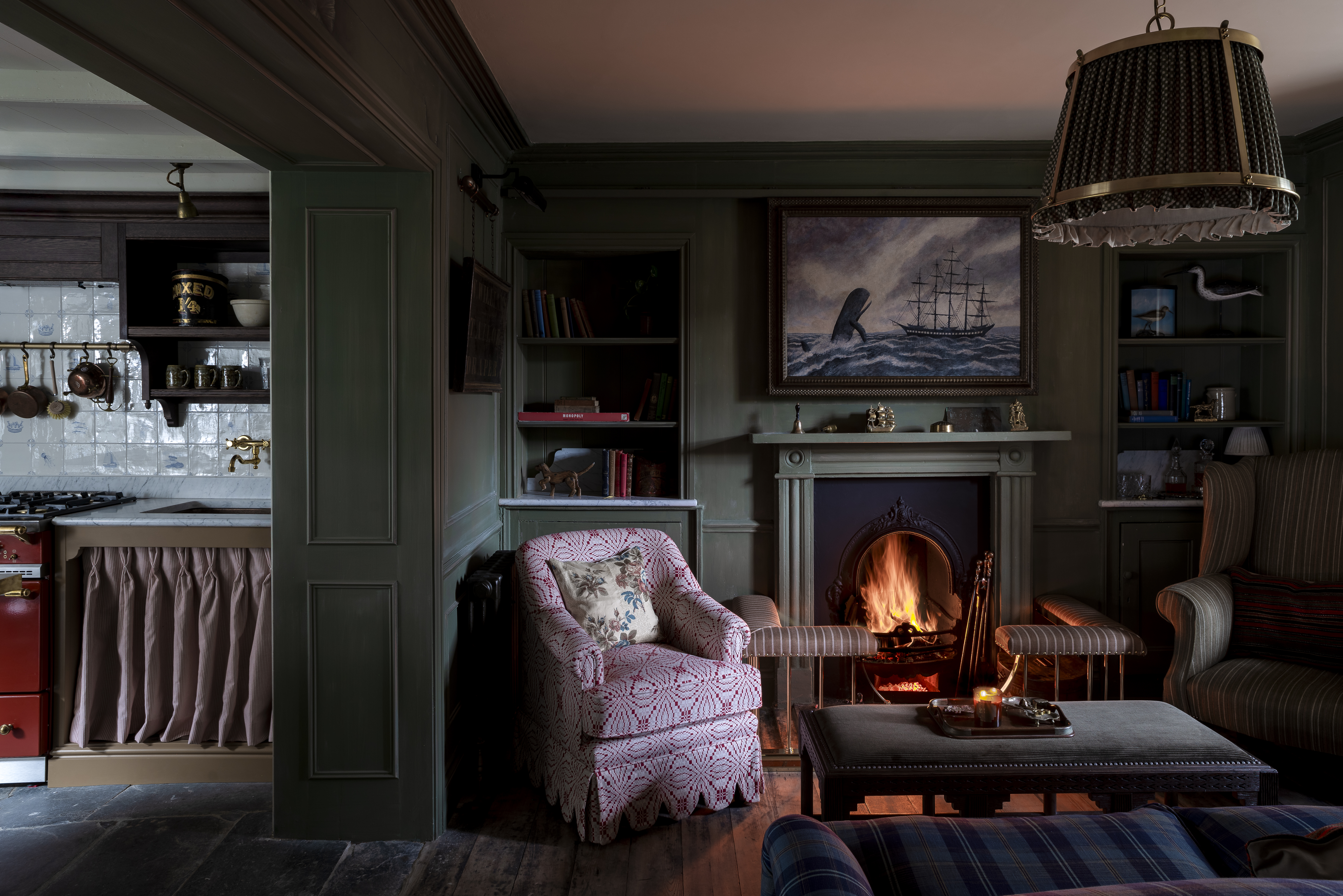 'Comfortable, cosseting and far from the madding crowd': The recently refurbished Cornish cottage that proves Victorian decor is making a comeback
'Comfortable, cosseting and far from the madding crowd': The recently refurbished Cornish cottage that proves Victorian decor is making a comebackPlum Cottage in Padstow, Cornwall, has been brought to life by Jess Alken and her husband, Ash — and is the latest addition to their holiday cottages on the north Cornish coast.
-
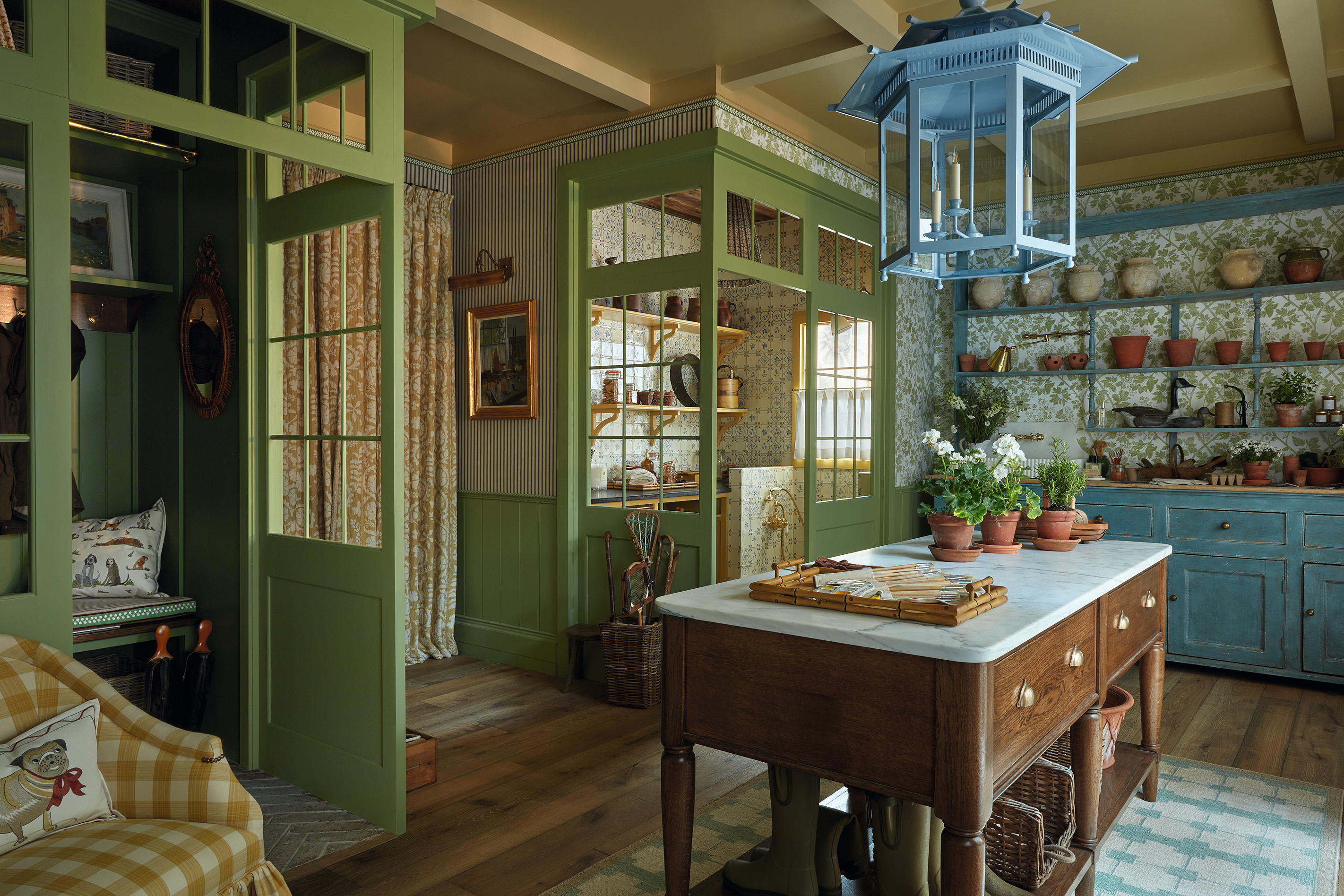 'These aren't just rooms. They are spaces configured with enormous cunning, artfully combining beauty with functionality': Giles Kime on the wonders of WOW!house 2025
'These aren't just rooms. They are spaces configured with enormous cunning, artfully combining beauty with functionality': Giles Kime on the wonders of WOW!house 2025WOW!house 2025 is here. Don’t miss this rare opportunity to explore more than 20 indoor and outdoor spaces, dreamt up by the biggest names in design, says Giles Kime.
-
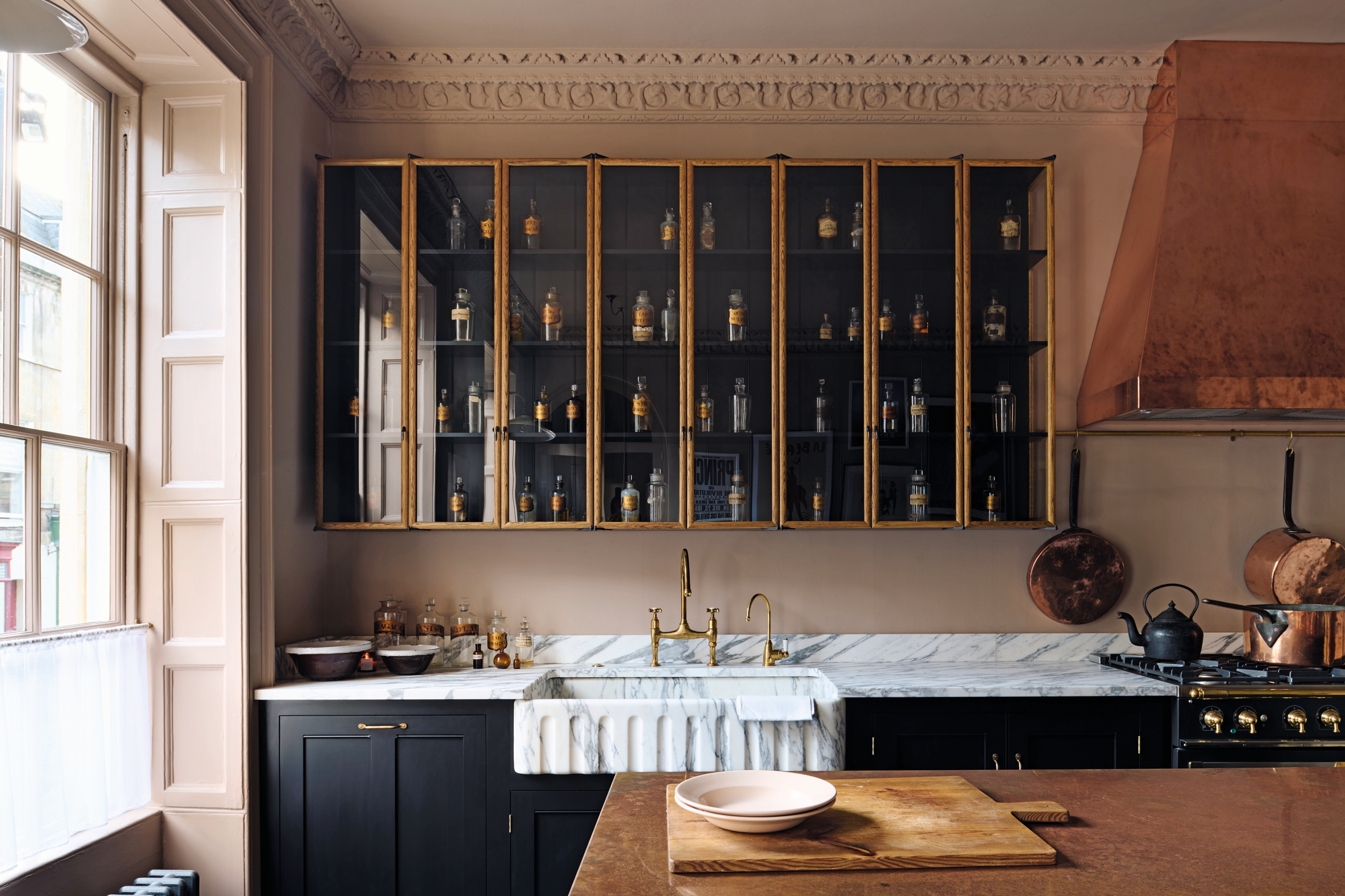 How the deep-lustre of copper brings period glamour to this kitchen
How the deep-lustre of copper brings period glamour to this kitchenDesigned by deVOL, inspired by a New York bistro
-
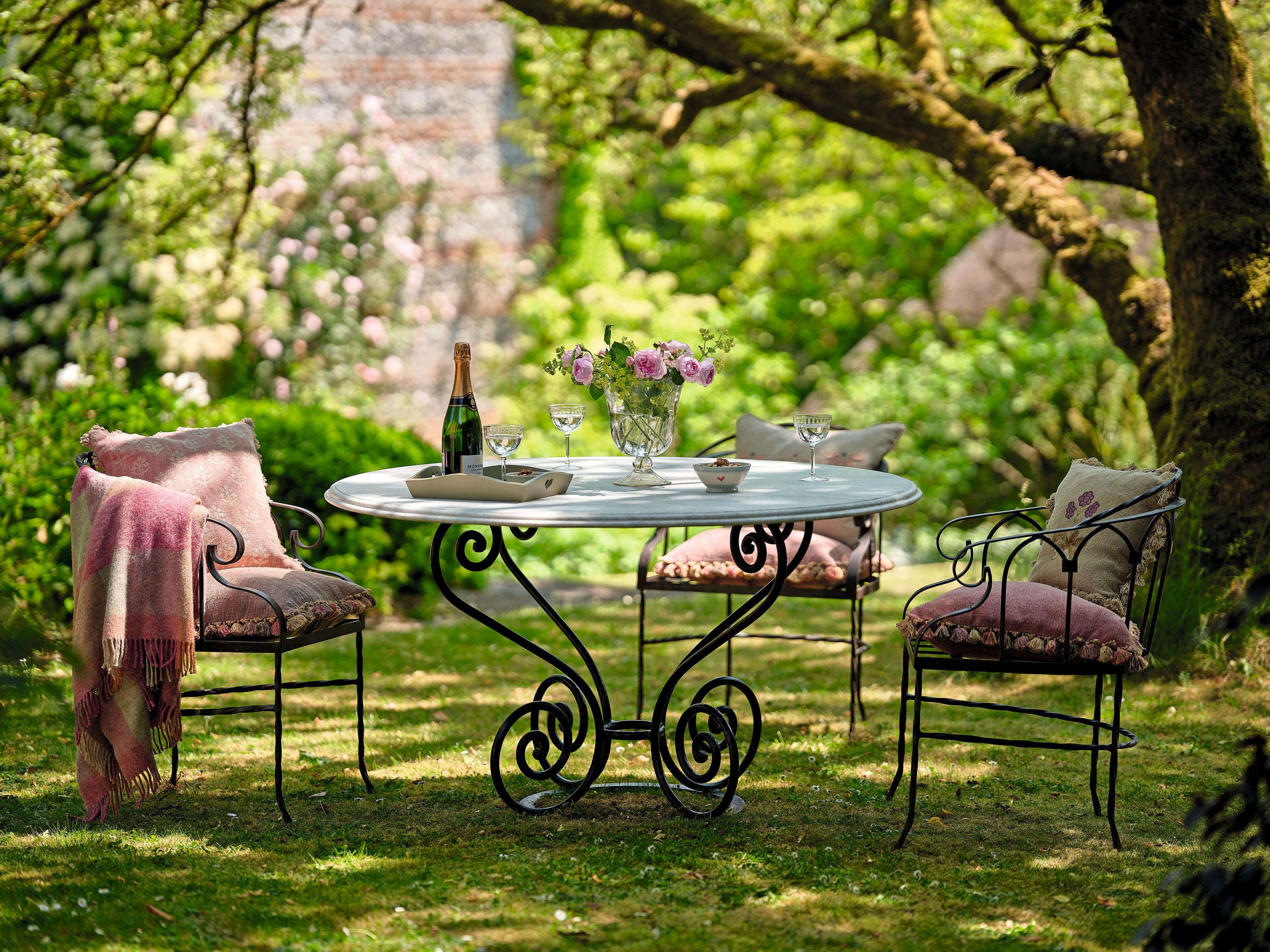 A dozen slices of al fresco inspiration from the best designers in Britain
A dozen slices of al fresco inspiration from the best designers in BritainAmelia Thorpe shares her pick of the most beautiful outdoor furniture and accessories to help you make the most of summer.
-
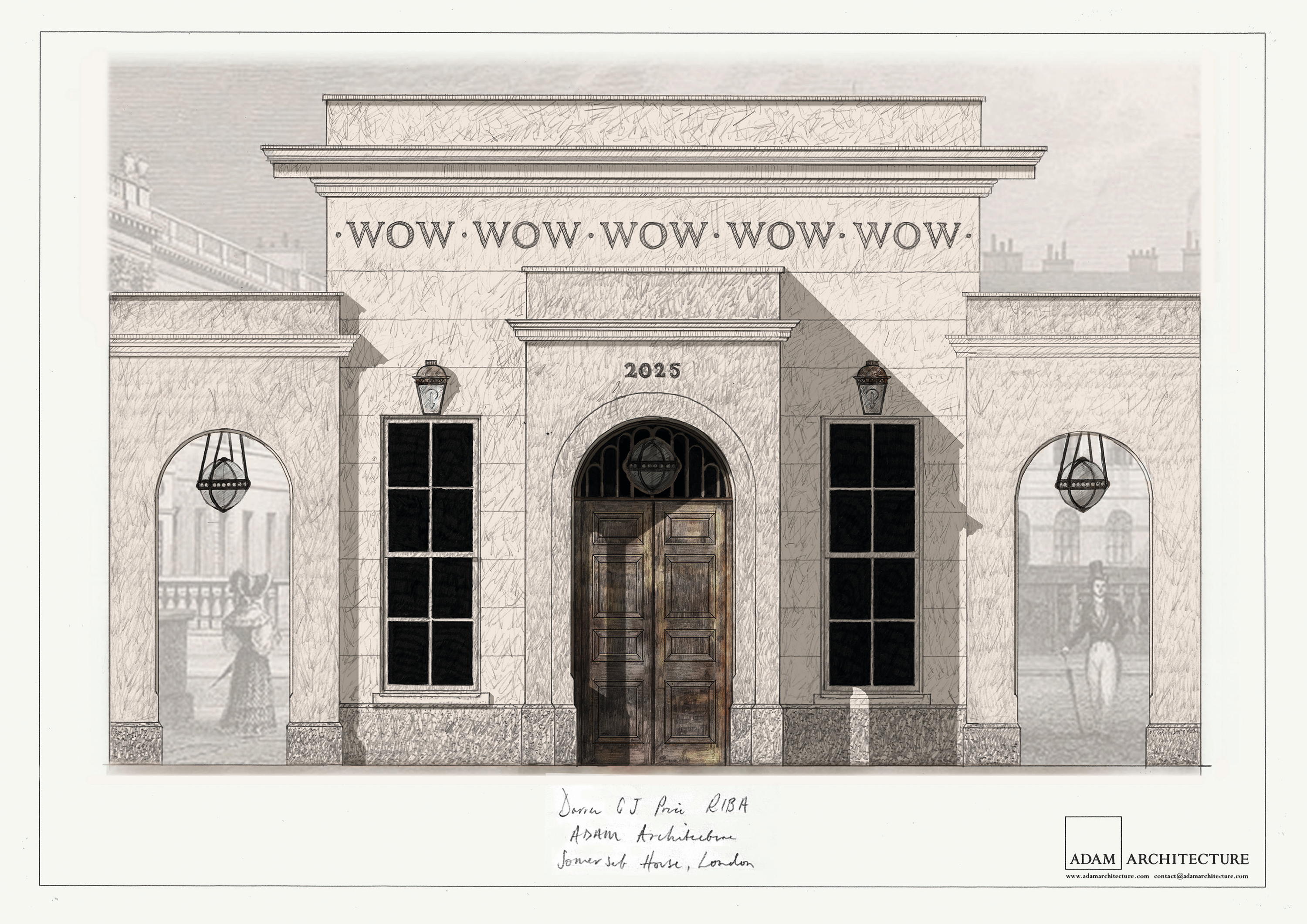 A feast of ideas: What to expect at WOW!house 2025
A feast of ideas: What to expect at WOW!house 2025More than 20 rooms and outdoor spaces by leading interior designers will offer depth and breadth of inspiration, with an emphasis on bespoke craftsmanship, at WOW!house, the summer’s major interiors event, finds Amelia Thorpe.
-
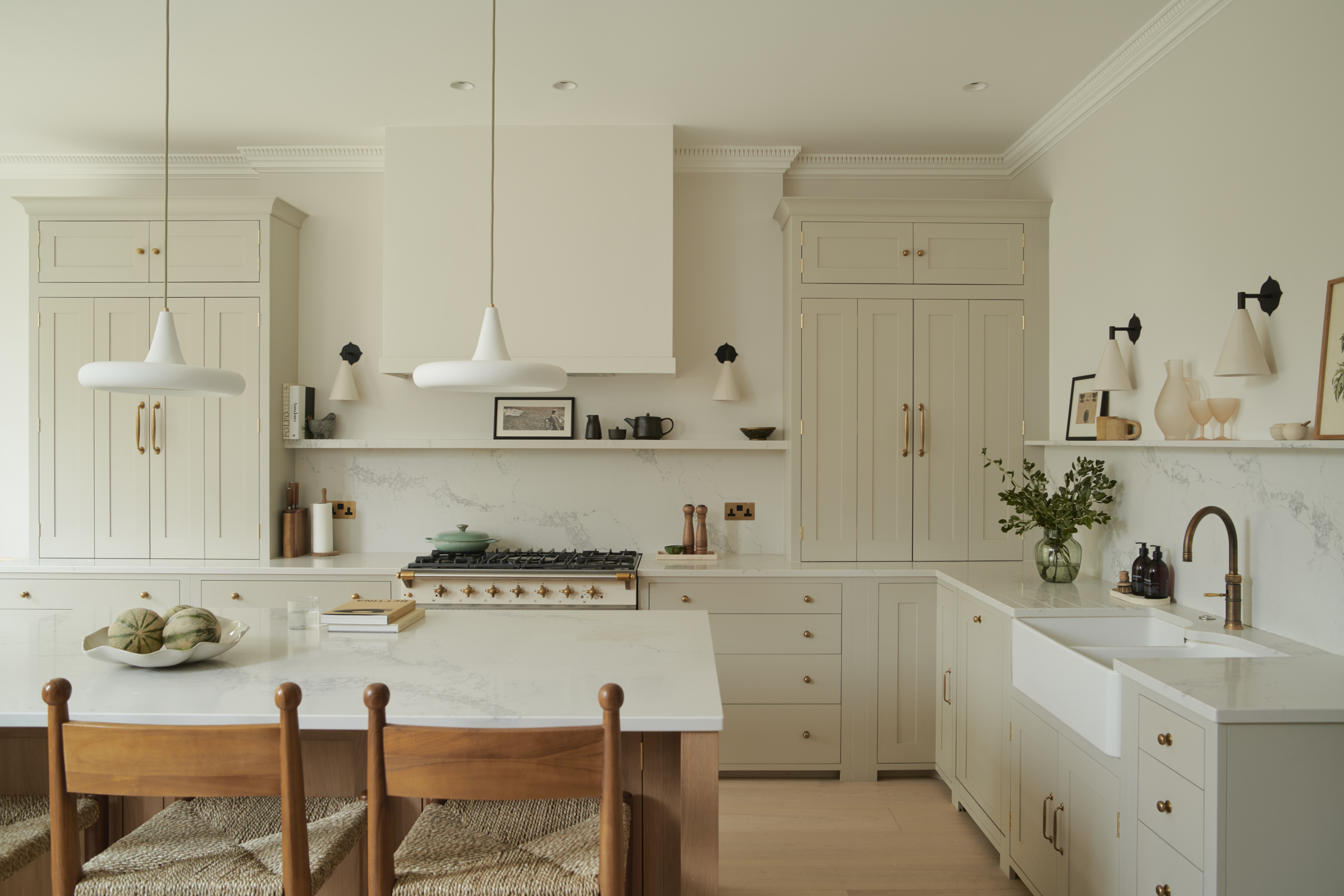 Curious Questions: Where did the viral Instagram Shaker kitchen come from — and how is it linked to Quakerism?
Curious Questions: Where did the viral Instagram Shaker kitchen come from — and how is it linked to Quakerism?The traditional and incredibly versatile Shaker kitchen is looked up to the world over, but where did it actually come from?
-
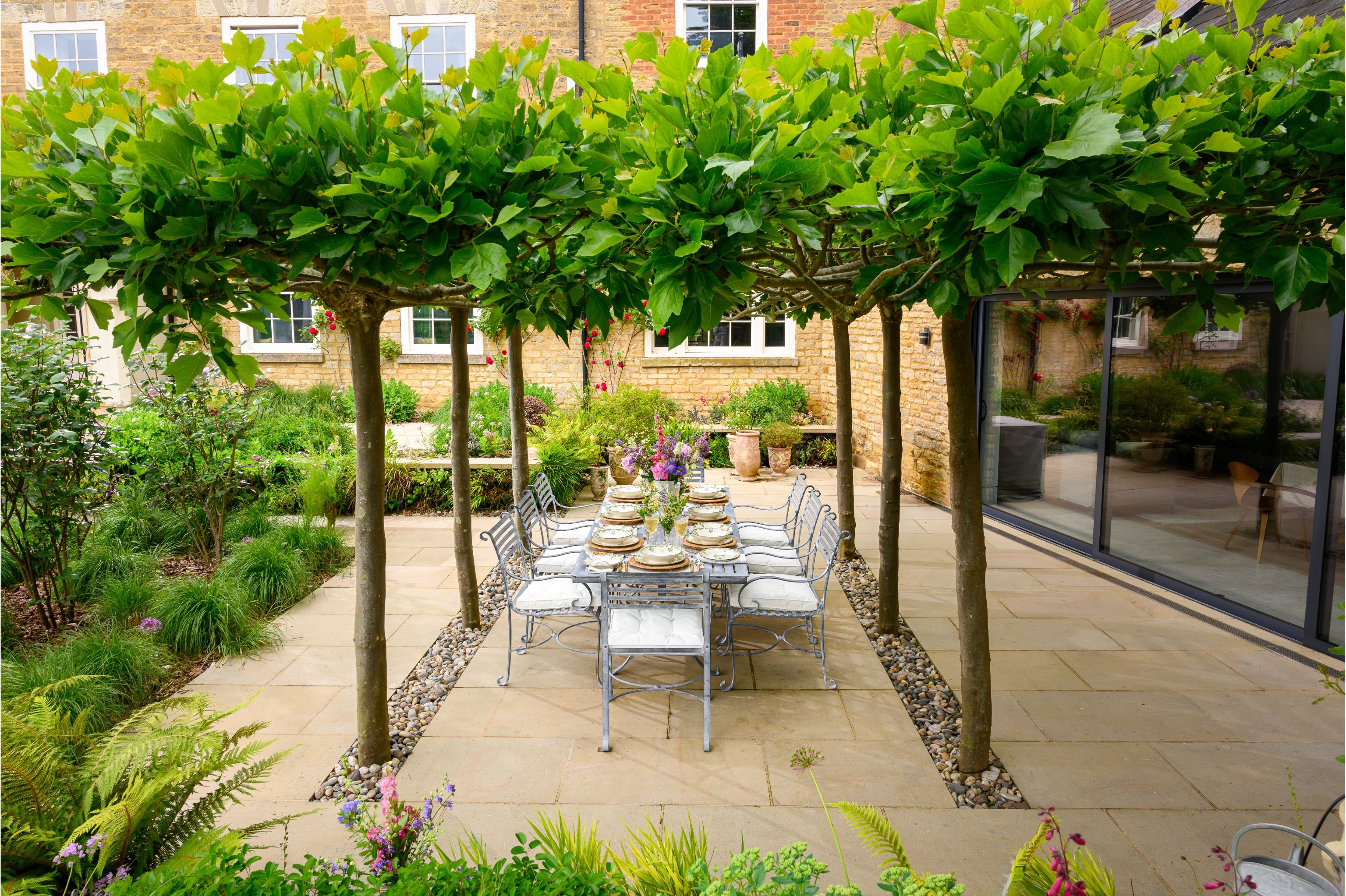 18 inspiring ideas to help you make the most of meals in the garden this summer
18 inspiring ideas to help you make the most of meals in the garden this summerFrom tie-dye tablecloths to tasseled awnings, there's something for every garden space.
-
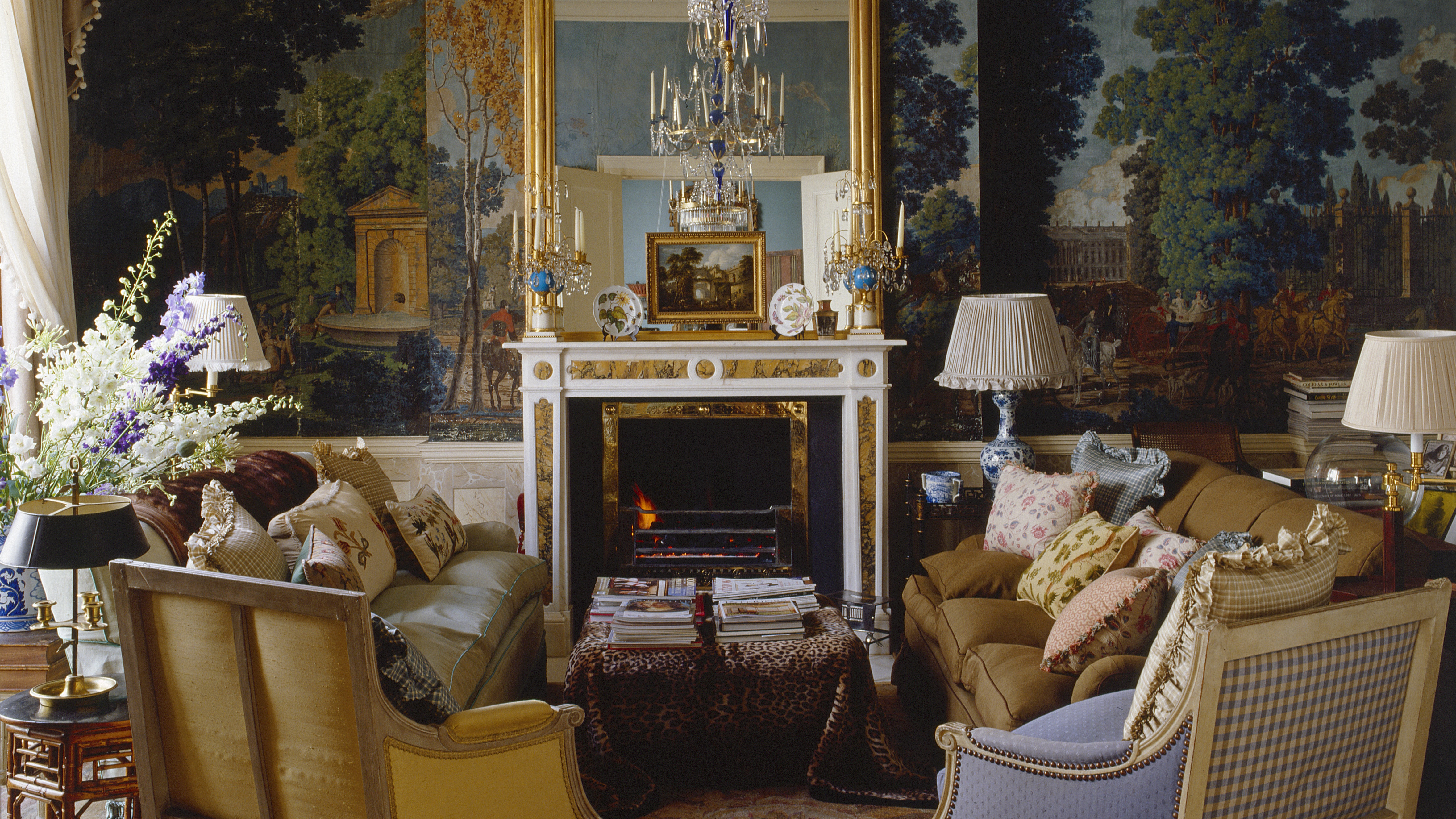 The designer's room: How rare, 19th-century wallpaper was repurposed inside a Grade I-listed apartment complex on London's Piccadilly
The designer's room: How rare, 19th-century wallpaper was repurposed inside a Grade I-listed apartment complex on London's PiccadillyThis home in Albany, Piccadilly, was decorated by Wendy Nicholls of Sibyl Colefax & John Fowler, as a quiet refuge in the heart of the capital.
